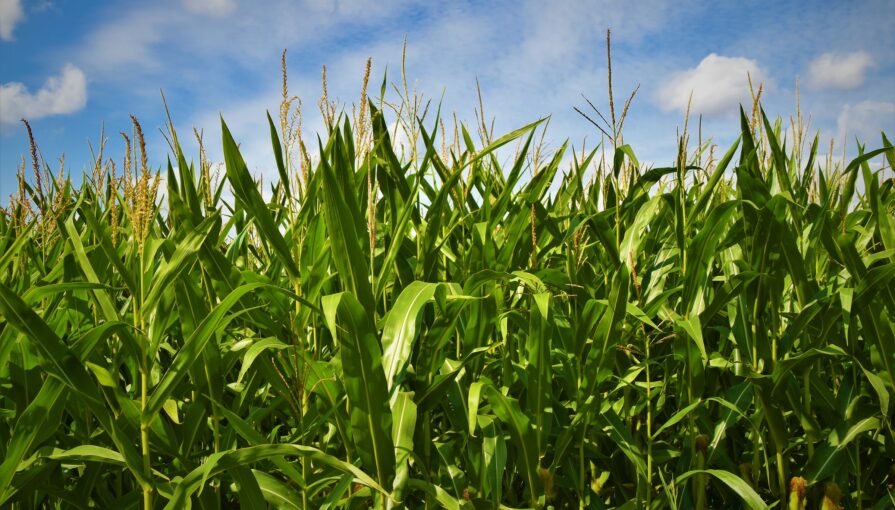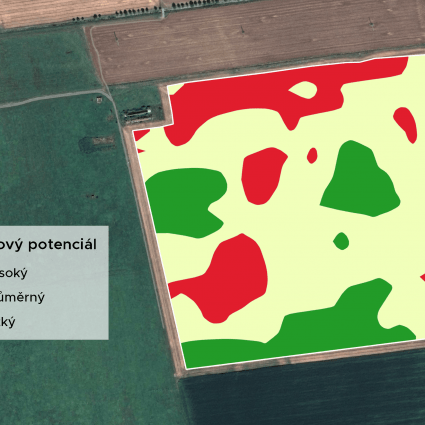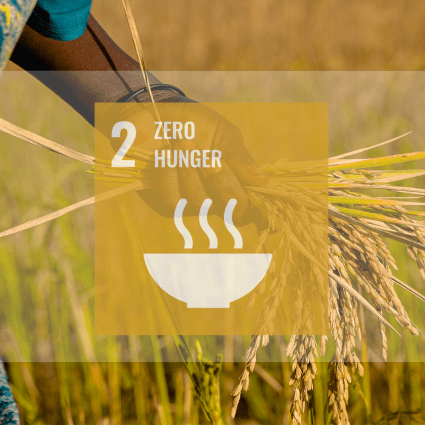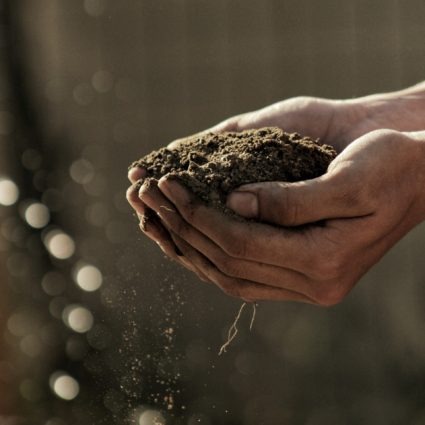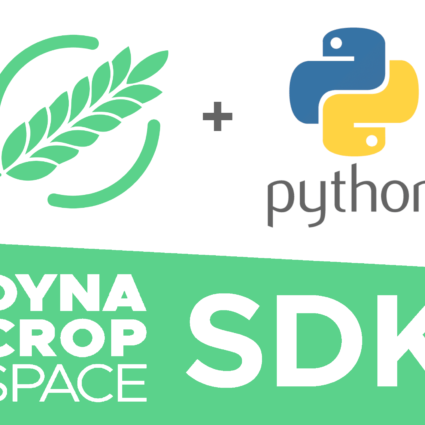NDVI – The holy grail of vegetation indices
NDVI (the Normalized Difference Vegetation Index) is the most commonly used vegetation index for monitoring crop growth and health state. To find this out, we use a combination of visible light (specifically the “red” one from the rainbow color scheme) and near-infrared light (so-called NIR), which is not visible to human eyes but the eyes of a satellite can detect it. This combination provides information about the quantity of green matter on the ground so the result is simply used as an indicator of vegetation biomass or vegetation density.
Why is good to know this information? If we analyze NDVI through time, we could reveal where vegetation is thriving, or on the opposite if and where the vegetation is under the stress, also changes in vegetation due to human activities such as changes in plants´ phenological stage, which could help in planning or decision making.
Would you like to know more about vegetation indices? Read our previous article.
The principle lies with the feature of chlorophyll in plants which strongly absorbs visible waves. Thanks to this attribute of chlorophyll we perceive vegetation as green. Conversely, chlorophyll reflects the near-infrared light, which is then detected by the satellite. In simple terms, the more „healthier“ and „greener“ surfaces are, the more near-infrared light it reflects.
As you can see in the Figure, NDVI values are changing during the growing season. Satellite images (top) show beginning, development and the end of the season, DynaCrop NDVI values (down) correspond to the crop stage.
More NIR means higher values of the NDVI, which indicates healthy and prosperous vegetation. The index reaches values from -1 to 1. Negative values indicate surfaces different from vegetation, such as water, snow, dry soil, or human-made structures.
Crop specific NDVI
The value of NDVI depends also on the type of crop you planted. During spring, at the beginning of the phenological phase of plants, the renewal of the field after the winter begins and the index reaches values of 0.15-0.2.
As biomass increases, so do the values. It is essential to mention that there is no universal scale for interpreting what the value of NDVI says about the quality of the vegetation. For each crop the values that indicate plants‘ good health and growth differ, depending on the structure and type of a given crop. Moreover, values are changing during the growing season. For example, NDVI values between 0.2-0.4 conclusively correspond to places where the vegetation is present. Even though it will probably be sparse, unhealthy or only at the beginning of growth.
To find out more about NDVI, please see our documentation.

